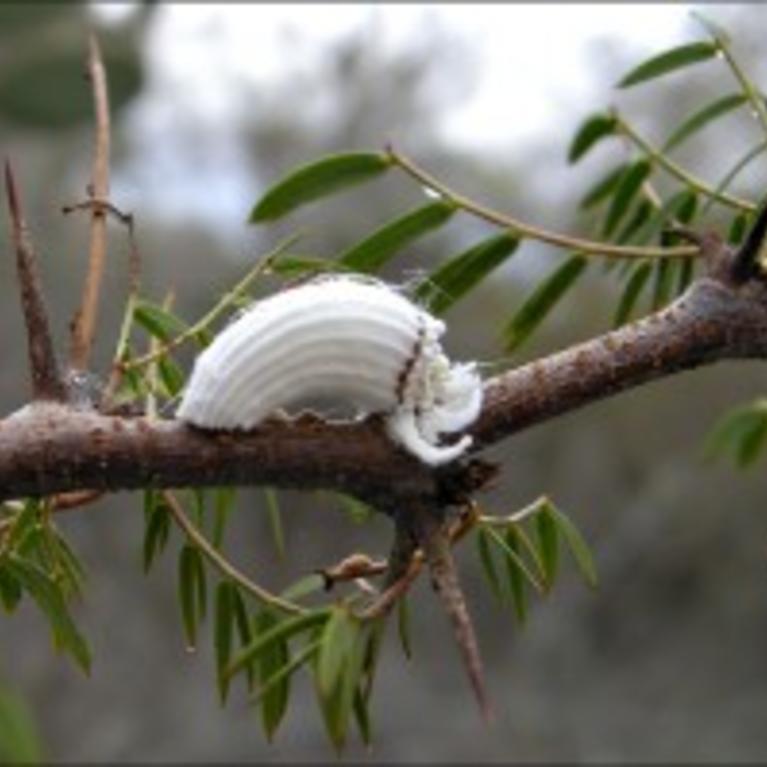
Invasive Species in the Galapagos Islands
I have just returned from an eight week research trip to the Galapagos Islands. The purpose of the work that was done was to assess the impact and safety of Rodolia cardinalis, a biocontrol agent, which was released for the suppression of an invasive insect pest, the cottony cushion scale, Icerya purchasi. Cottony cushion scale...
By Mark Hoddle |

CISR: Olive Fruit Fly
The Situation: Olive fruit fly is the major insect pest of olive crops worldwide. It is in the insect family Tephritidae that contains many well know pests species such as the Mediterranean fruit fly. It has impacted olive production since biblical times. In some parts of the world, olive fruit fly is responsible for losses...
By CISR Team |
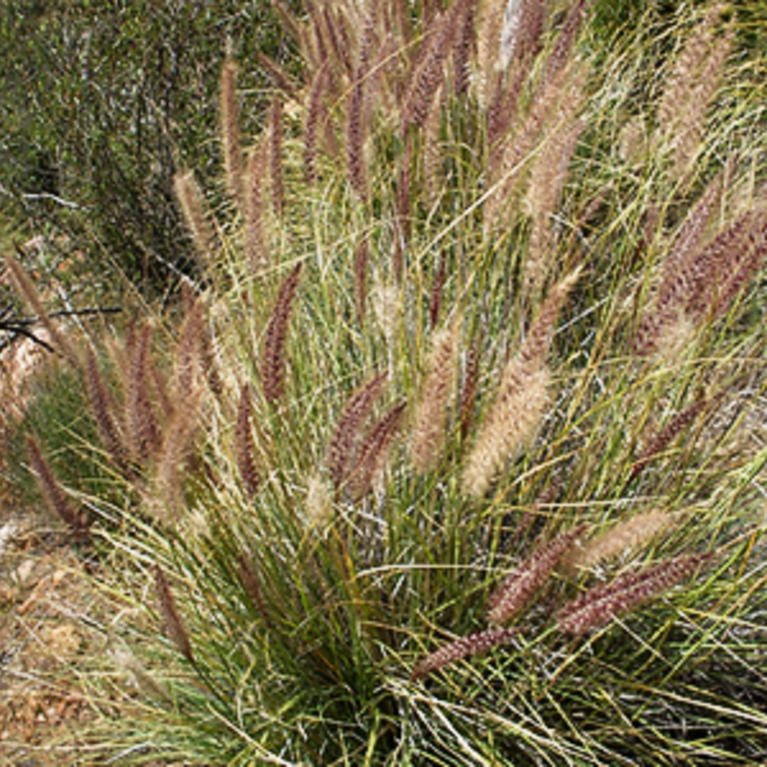
CISR: African Fountain Grass
The Situation: African fountain grass, Pennisetum setaceum (Forssk) Chiov., is invasive outside its native range in Northern Africa and has been damaging native ecosystems in Hawaii. It is now an increasingly problematic weed in California. As a common landscape ornamental, it is now widely planted in southwestern states. Fountain grass seeds may disperse readily from...
By CISR Team |
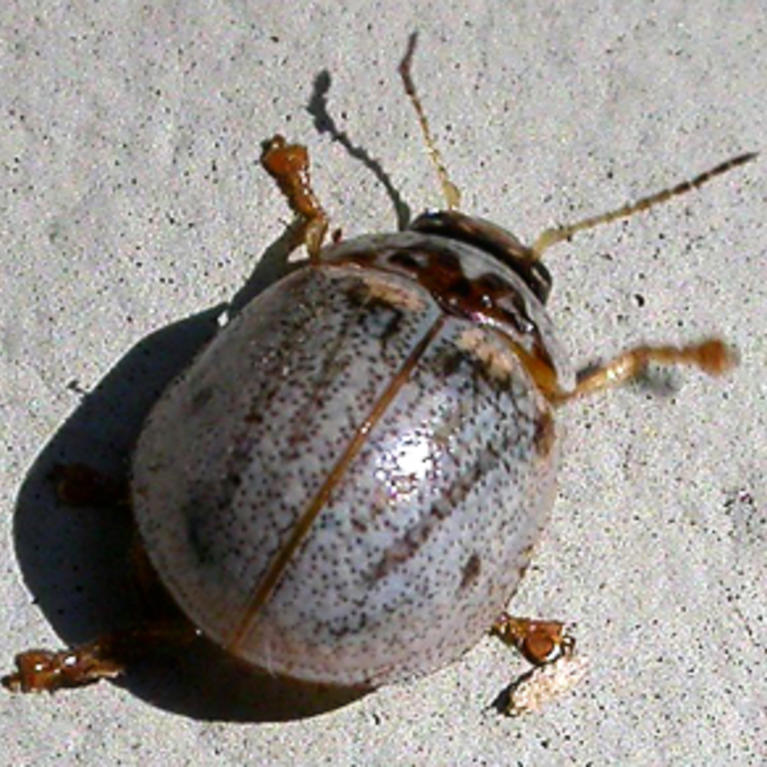
CISR: Eucalyptus Leaf Beetle
The Situation: A large number of introduced Eucalyptus pests have invaded California over the last ten years, including boring beetles, psyllids, gall forming wasps, and leaf chewing beetles in the family Chrysomelidae. The blue gum psyllid was the first to become a pest of ornamental eucalyptus, silver-leaved mountain gum or baby blue gum, and Eucalyptus...
By CISR Team |
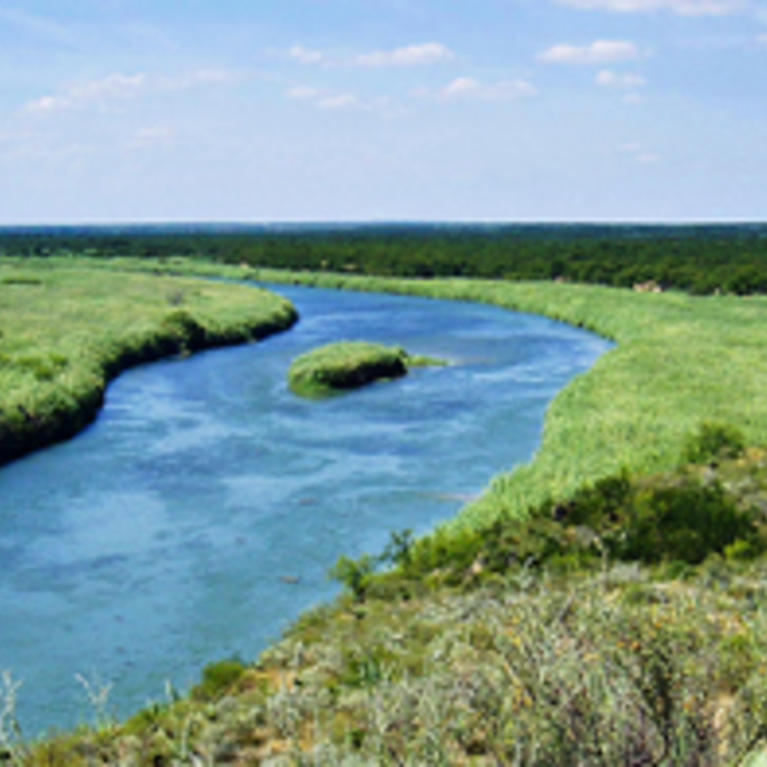
CISR: Giant Reed, or Arundo
The Situation: Arundo donax, also known as giant reed or arundo, is native to Eastern Asia but has been widely planted around the world because this plant has a variety of practical uses. Arundo has been used for walking sticks, fishing poles, musical instruments, and recently it is being investigated as a biofuel source. Arundo...
By CISR Team |

CISR: Redbay Ambrosia Beetle and Laural Wilt
The Situation: In 2002 , a non-native insect, the redbay ambrosia beetle, Xyleborus glabratus (Coleoptera: Scolytidae), was first detected in the United States near Port Wentworth, Georgia. The beetle was likely introduced in untreated wooden packing material, such as crates and pallets, imported through the shipment of goods from its native range in southeast Asia...
By CISR Team |
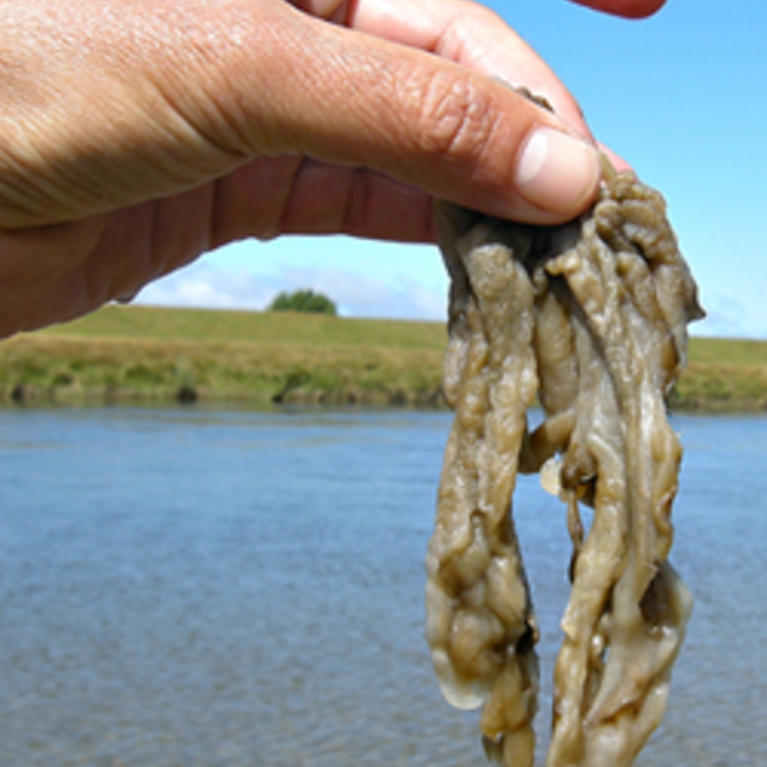
CISR: Didymo (or Rock Snot)
The Situation: Didymo or rock snot, is a highly invasive species of freshwater diatom that can form large and extensive mats in rivers, streams, and lakes. Didymo is native to cool temperate areas of the northern Hemisphere including Europe, North America, and Asia. In 2004, didymo was discovered infesting freshwater rivers in the South Island...
By CISR Team |
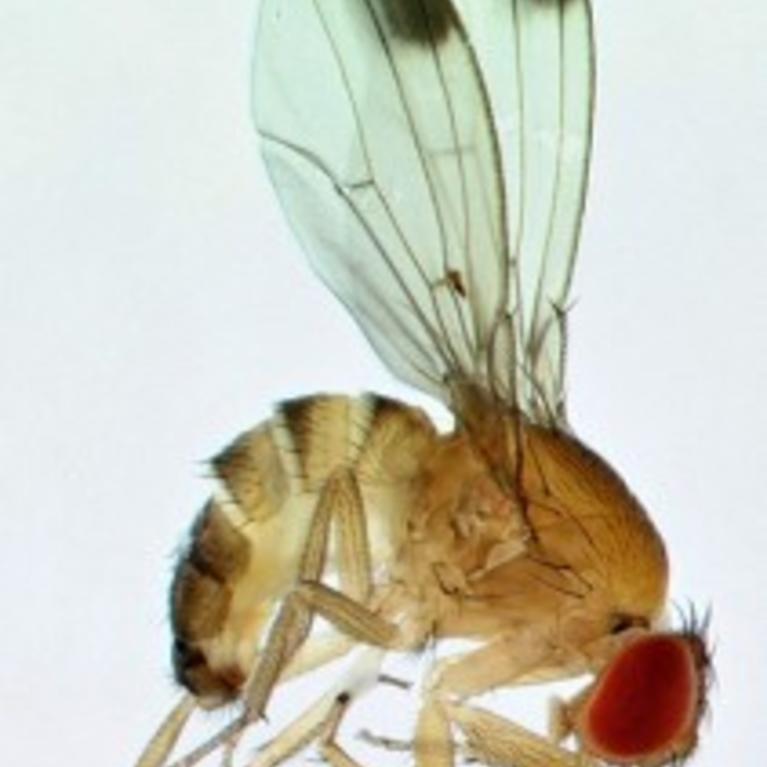
CISR: Spotted Wing Drosophila (Cherry Vinegar Fly)
The Situation: In June 2009, spotted wing drosophila, formerly known as the cherry vinegar fly, Drosophila suzukii (Diptera: Drosophilidae), was trapped over a wide area in northern California including Santa Clara, San Benito, Santa Cruz and Monterey Counties. This fly is now considered established in California. Spotted wing drosophila is a small fly, around 2.6-2.8...
By CISR Team |
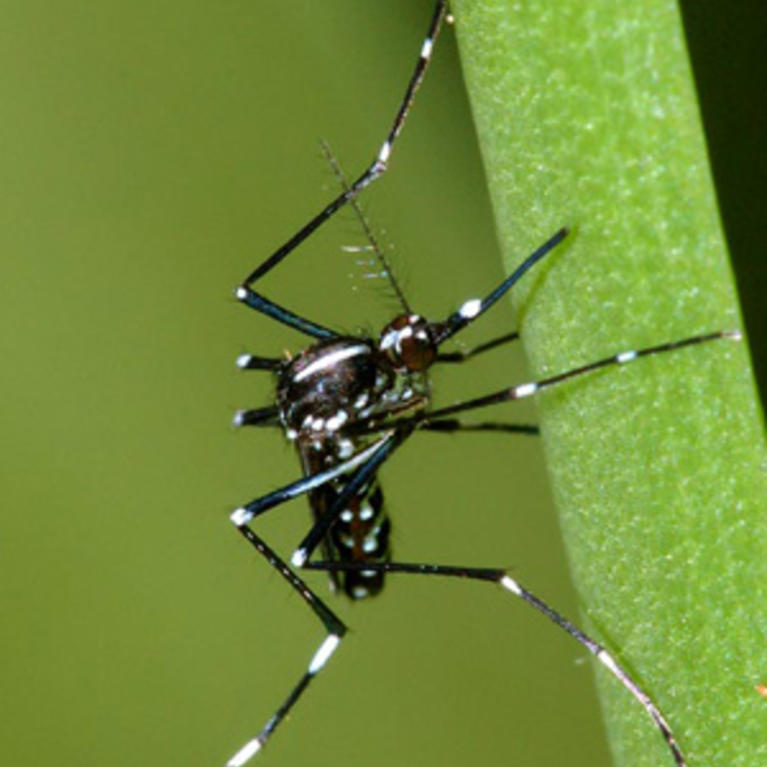
CISR: Asian Tiger Mosquito
The Situation: The Asian tiger mosquito entered the United States in shipments of used tires from northern Asia in the mid-1980s. It can survive in a broad range of climates and has spread rapidly from the point of first detection in the south-central United States. Prior to its successful invasion of the southeastern U.S., isolated...
By CISR Team |
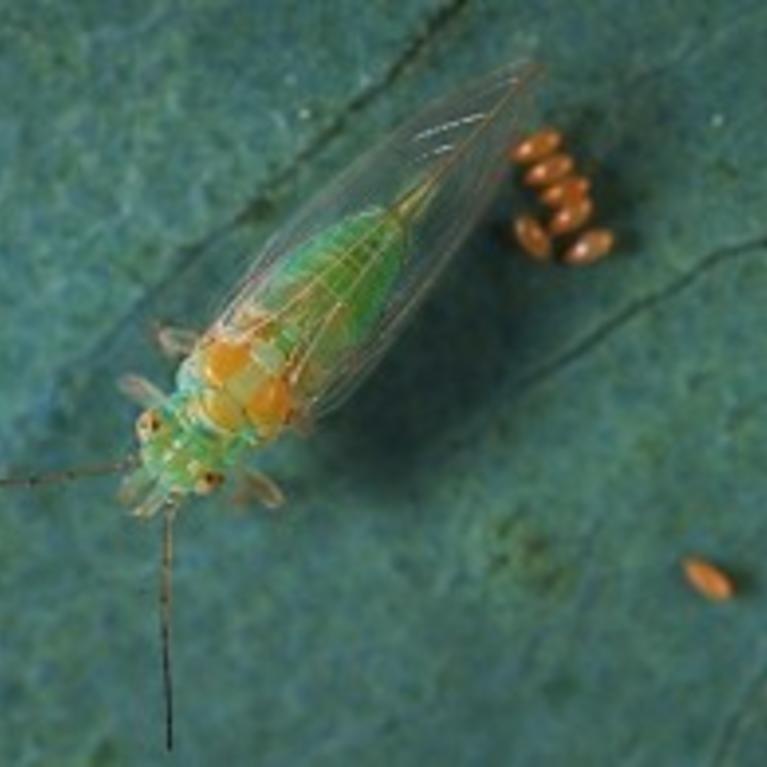
CISR: Red Gum Lerp Psyllid
The Situation: Red gum lerp psyllid is an insect that is native to Australia. In June 1998, this insect invaded California and was first found in Los Angeles County. This pest feeds exclusively on species of Eucalyptus and in California it exhibits high preference for river red gum ( Eucalyptus camaldulensis), flooded gum ( E...
By CISR Team |
Let us help you with your search